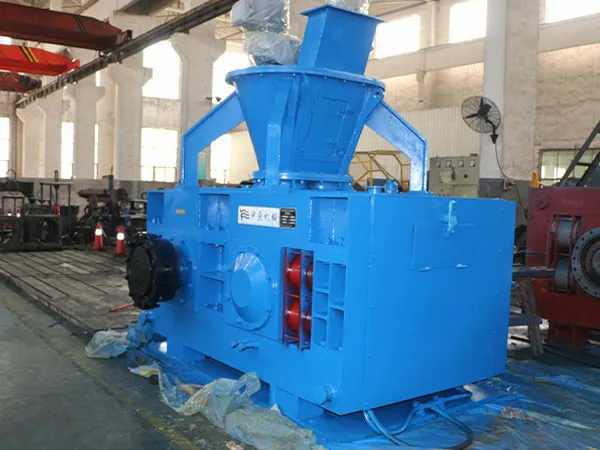Energy Consumption Analysis of Briquetting Machines
The energy consumption of a briquetting machine is a critical factor that directly impacts the profitability and environmental sustainability of a briquetting operation. A thorough analysis involves understanding where energy is used, what factors influence its consumption, and how it can be optimized.
Energy Consumption Analysis of Briquetting Machines

1. Major Energy Consuming Components
The total energy consumption of a briquetting plant is not just the machine itself but the entire process line.
Main Press Motor: This is the primary energy consumer, typically accounting for 70-90% of the machine’s direct energy use. It powers the mechanical or hydraulic system that applies immense pressure to the raw material.
Mechanical Piston Press: The motor drives a flywheel, which provides the high-impact force for compression. It has high peak power draws.
Screw Press (Extruder): The motor provides continuous high torque to turn the screw that forces material through the die.
Hydraulic Press: The motor runs a hydraulic pump to build up fluid pressure, which then drives the compression ram.
Heating System (for Screw Presses): Screw presses require an external heating system (heating collars/bands) to raise the temperature of the die to 280-380°C (530-715°F). This heat melts the lignin in the biomass, which acts as a natural binder. The heaters represent a significant and constant energy draw, often 15-25% of the machine’s total consumption.
Ancillary and Pre-Processing Equipment: This is a crucial and often underestimated part of the total energy footprint.
Dryer: If the raw material’s moisture content is too high (>12%), a dryer is needed. Drying is often the single most energy-intensive process in the entire plant, sometimes consuming more energy than the briquetting machine itself.
Crusher / Hammer Mill: Reduces the size of the raw material to a suitable, uniform particle size (e.g., 3-5 mm). This requires a powerful motor.
Conveyors and Feeders: Screw conveyors, belt conveyors, and feeding mechanisms use smaller motors but run continuously, contributing to the overall load.
Control Panel and Automation: The PLC, sensors, and other electronics consume a relatively small amount of power but are essential for operation.
…
More detailed information about briquetting machine energy consumption analysis can be found here: https://www.zymining.com/en/a/news/energy-consumption-analysis-of-briquetting-machines.html


